I’m here to stay.
- 36 Posts
- 794 Comments

 1·6 hours ago
1·6 hours agoLFS isn’t a distribution. It’s documentation only. (I know you were joking, but as an ex Reddit user I remembered my origin where I came from and got triggered hard.)

 1·13 hours ago
1·13 hours agoI would encourage you to do so. I do not think it would be wrong to learn how to use a common Open Source program like this. If you watch lot of YouTube, there is a channel Davies Media Design that teaches a lot of stuff in GIMP:
- YouTube directly: https://www.youtube.com/channel/UCq79-lfj2w7oRXGRcOP2B7g
- or through Invidious (an anonymized YouTube client in the browser): https://invidious.nerdvpn.de/channel/UCq79-lfj2w7oRXGRcOP2B7g

 1·14 hours ago
1·14 hours agoMaking them die by Ai instead by human doesn’t help anybody.

 2·14 hours ago
2·14 hours agoYou wouldn’t be first who asks this. There are attempts and instructions how to do this, step by step. But I’m not confident enough to recommend any of those. Maybe they are outdated or your machine requires some setup which is not covered. I do not recommend doing this, but if you have no time to setup a new OS from scratch, then at least make a backup before attempting any of this.
I would ask those on the official EndeavourOS forum, which is active and helpful: https://forum.endeavouros.com/

 21·1 day ago
21·1 day agoEndeavourOS. I used Manjaro for 1.5 years before switching to EndeavourOS. (BTW before that I was also using Ubuntu for 13 years in row…) I couldn’t be happier. It’s closer to Archlinux and a bit more focused on terminal, but overall hassle free for me. Updates come quicker and not in batches like Manjaro did. Which means more often new versions of packages and no compatibility or other issues with AUR caused by Manjaro. What desktop environment did you use before? KDE is pretty good on EndeavourOS and what I would recommend.
- No opt-out or opt-in telemetry.
- Same package manager and repository from Archlinux.
- You have already experience with Manjaro and the Archlinux stuff, so going to a similar system like EndeavourOS makes sense. However its a bit more terminal oriented, with a few GUI related help.
Because of your prior experience with Manjaro, I think EndeavourOS is a good candidate you should have in mind.
Well its possible to have a bridge system, like its possible with Discord and Matrix. So from technical standpoint, I think it would be possible, unless they choose to not.
As for the centralized vs decentralized, BlueSky uses the https://en.wikipedia.org/wiki/AT_Protocol , which is decentralized. If you do not agree to this, then do you have an explanation to why?
Edit: Funny enough I read this AT_Protocl is Based on ActivityPub, according to the Wikipedia article.
At least BlueSky is built on a technology based on open standard protocol and is decentralized. Kind of similar to the goals of Fediverse / Mastodon. So I assume someone else can just create a server and join the network of BlueSky? I don’t know if this is possible. But in reality at the moment its controlled by only one big company.
My hope is that they will one day cooperate with Fediverse, so it becomes read from and write to relationship.
- Bluesky: 15,128,928
- Mastodon: 15,499,978
Source: https://bsky.jazco.dev/stats and https://mastodon.social/@mastodonusercount
These numbers are to taken with a grain of salt. Mastodon in example can’t count all instances, because not all are federated. Also on both instances we don’t have numbers of active users per day or logged in at the same time. However Bluesky provides statistics beyond just the number of accounts. I’m not saying one is better or has more active users than the other, only that the total number of accounts can be misleading as much as the Megapixels count of your camera.
Edit: I forgot there is another statistics displaying the number of active users for Mastodon: above 2.5 million users. Also it displays current Mastodon user count less than 10 million. Again either it counts it differently or it does not have access to the same instances as the other account has. Source: https://mastodon-analytics.com/
Approximately 100 years once or twice, depending on how urgent it is.

 2·2 days ago
2·2 days agoI think Mastodon is heavily “following” based. I mean you need to find people to follow. I think you can even follow hashtags, which is pretty neat. So lookup if your favorite content creators may have a Mastodon account and follow them. And make sure to enable or disable the “world” view and not just looking at your own feed, if you don’t have much yet. Just some random thoughts. If you are already familiar with this, then apology.
As for the Matrix collaboration, I didn’t think about this working between Lemmy and Matrix. But it make sense. Because there is also some sort of “bridge” setup you can do between Matrix to Discord. I’m not much familiar with that, just read about it.
All of this is neat. But its biggest strength is also its biggest weakness: Being not centralized. It’s kinda like on Linux (and I don’t mean the distributions only). I just wish the entire Fediverse would already cooperate. The lack of a centralized place that has all instances and technologies that are based on Fediverse (Mastodon, Lemmy, video platforms and so on) is a huge missed oppurnity.
Even Instagram, a technology not even based on Mastodon or Fediverse, can cooperate with Mastodon. I never used Instagram, so not sure how this looks in reality. But I thought its worth mentioning here.

 3·2 days ago
3·2 days ago“Dualbooting” is a nice analogy, haha. No, I switched completely over from the previous main ones: No Reddit and no Twitter. But I still use dedicated forums for specific topics/software, such as a Romhacking (retro game modding) community or RetroArch forum. Unfortunately not everyone is on Lemmy (or Mastodon, but I stopped using Mastodon too). So for me it is Lemmy/Beehaw and a few standalone forums.
Wait I also started using Discord from time to time, but dislike this as a main application. There is an alternative called “Matrix”, which is similar to what Lemmy and Mastodon are respective to their technology. But its not that widespread, so stopped using it too. Maybe will comeback to it. I know there is BlueSky, which is a main competitor to Mastodon. Just didn’t have enough interested into it yet, as there is Mastodon already.
- Reddit <> Lemmy and Kbin
- Twitter <> Mastodon
- Discord <> Matrix
(I’m sorry if I’m the 100th person to ask this on here…)
Fine with me, as I didn’t saw any of the 99th person asking this before.

 2·3 days ago
2·3 days agoYou keep ignoring what I’m saying…

 2·3 days ago
2·3 days agoNo. There are cases which is an error of the operating system, not the operator. Windows in example did that recently (not my machine, I do not use Windows) by ruining grub. Saying it was a bug, but we believe its an attempt of Microsoft ruining grub with intention.
Just because you did not have any problems does not mean its the optimal and easiest way. Also having all operating systems and multiple Kernels and options to boot from for every OS in one boot menu is a mess. I don’t want that ever again. Right now I have 5 entries for only one OS. Imagine adding Windows or another OS to it.
Its much easier and cleaner to separate each OS to its own menu, with the way I described earlier. Also much easier to replace an OS this way or make modifications.

 2·3 days ago
2·3 days agoWindows can interfere with grub, or any other OS can for that matter. I use an alternative boot system than grub, which is much more simple. When I install a new operating system as described before, then each operating system has its own boot menu and entries (like multiple Linux Kernels per OS or other configurations).

 3·3 days ago
3·3 days agoThis is the way.
Whenever I installed another operating system (newer Linux or long time ago when dual booting to Windows), I always unplugged the older drive physically. Then installed it and plugged it back. This way none of the OS changes anything on the others boot system. And I choose to boot the drive from UEFI boot menu.

 2·3 days ago
2·3 days agoI use an emulator to play Windows 98 games. That’s the extent of what I use Windows for. Unfortunately Windows 98 is not compatible with the newest AAA multiplayer games or Steam.

 3·3 days ago
3·3 days agoAssuming AI is perfect…

 8·4 days ago
8·4 days agoOr do not allow AI controlled cars in the city. Maybe its okay on longer roads without traffic.

 19·5 days ago
19·5 days agoI use command
trash-emptyto empty all trashcan of all the users, after each system update. It’s a non standard program, but most likely available in your distributions repository: https://github.com/andreafrancia/trash-cli And my alias/function will show each file that is about being deleted (just put it in .bashrc, if you have installedtrash-cli, which includestrash-empty):old function (click to expand)
empty() { echo "Files to delete:" trash-empty -f --dry-run | awk '{print $3}' | grep -vF '/info/' echo trash-empty }Edit: After I posted I just realized there is a more straightforward way of doing it:
New and more simple alias:
alias empty='trash-empty -f --dry-run ; trash-empty'This searches all trash cans, lists all files it has found to be deleted, then lists all directories it looked under and then asks if you want really delete. With
trash-empty -fit deletes without asking.
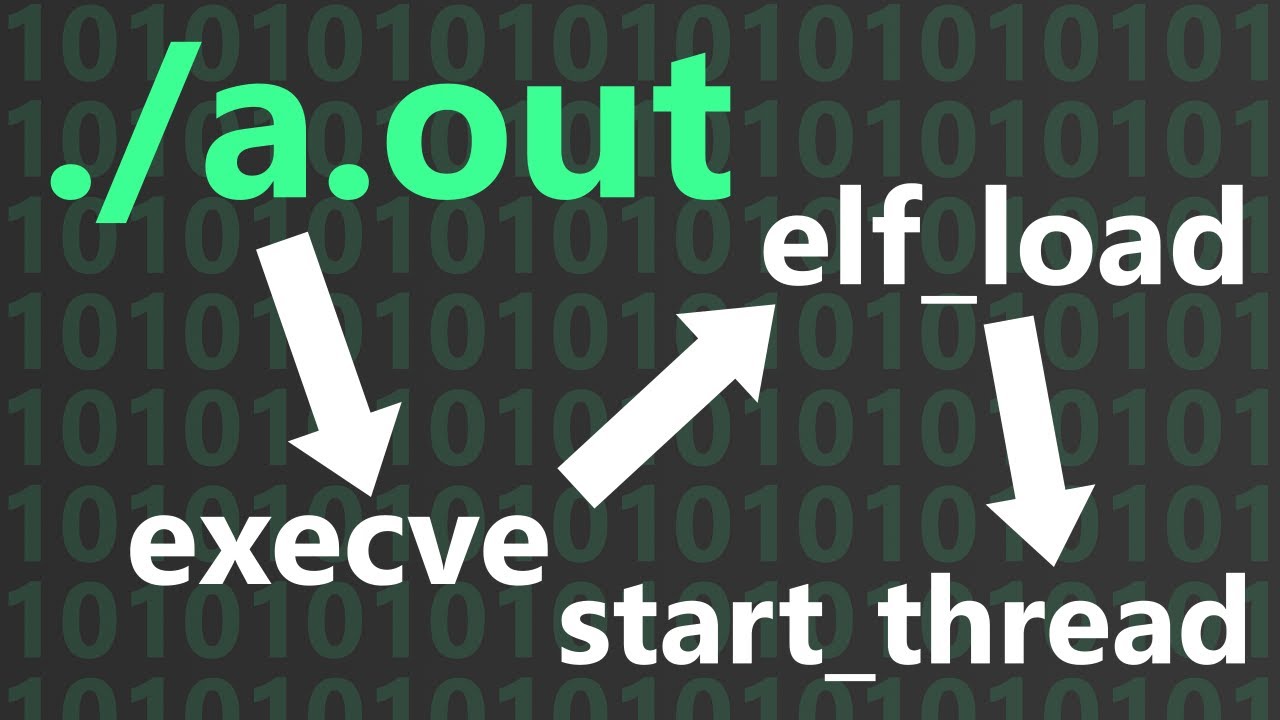

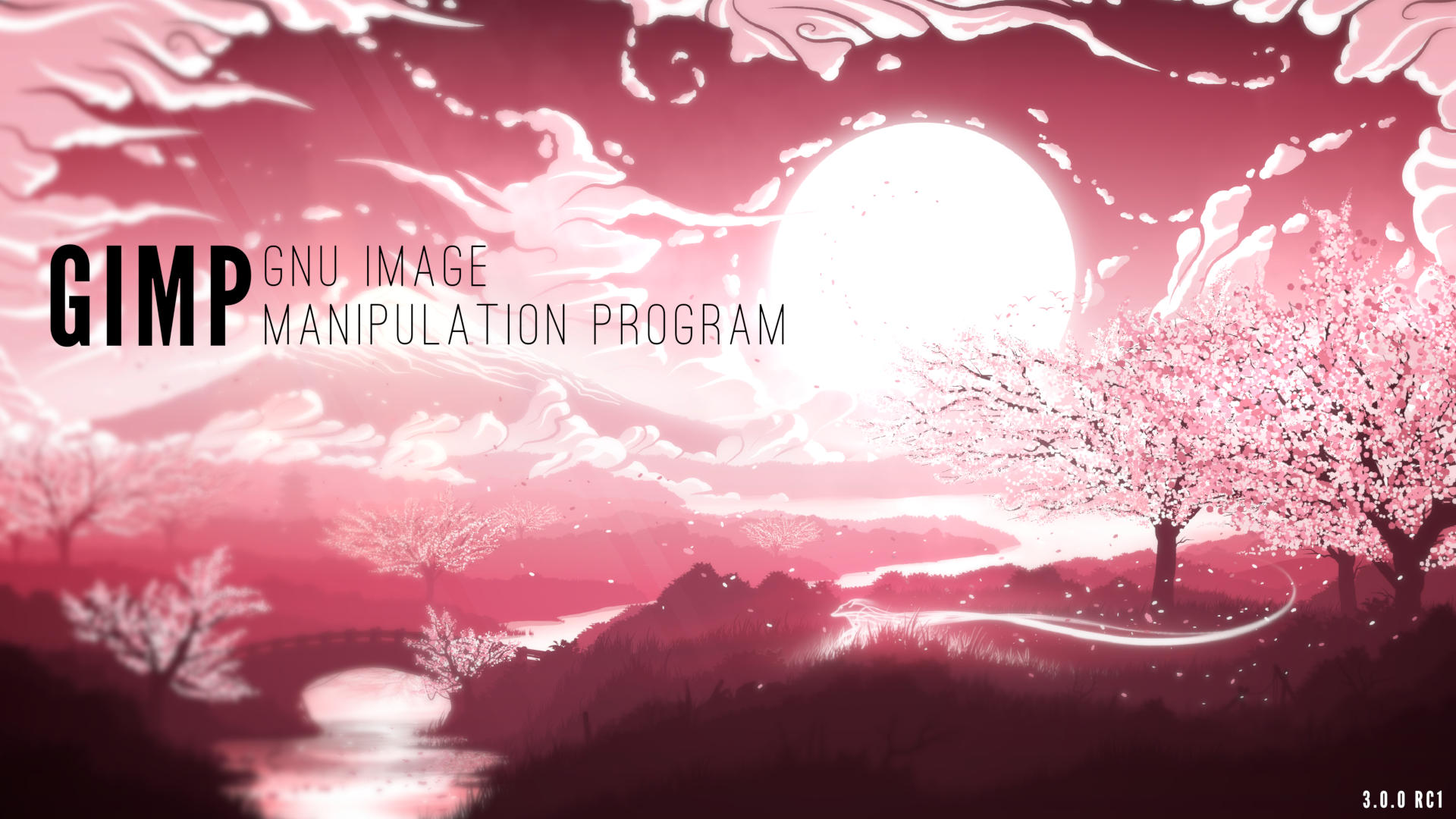
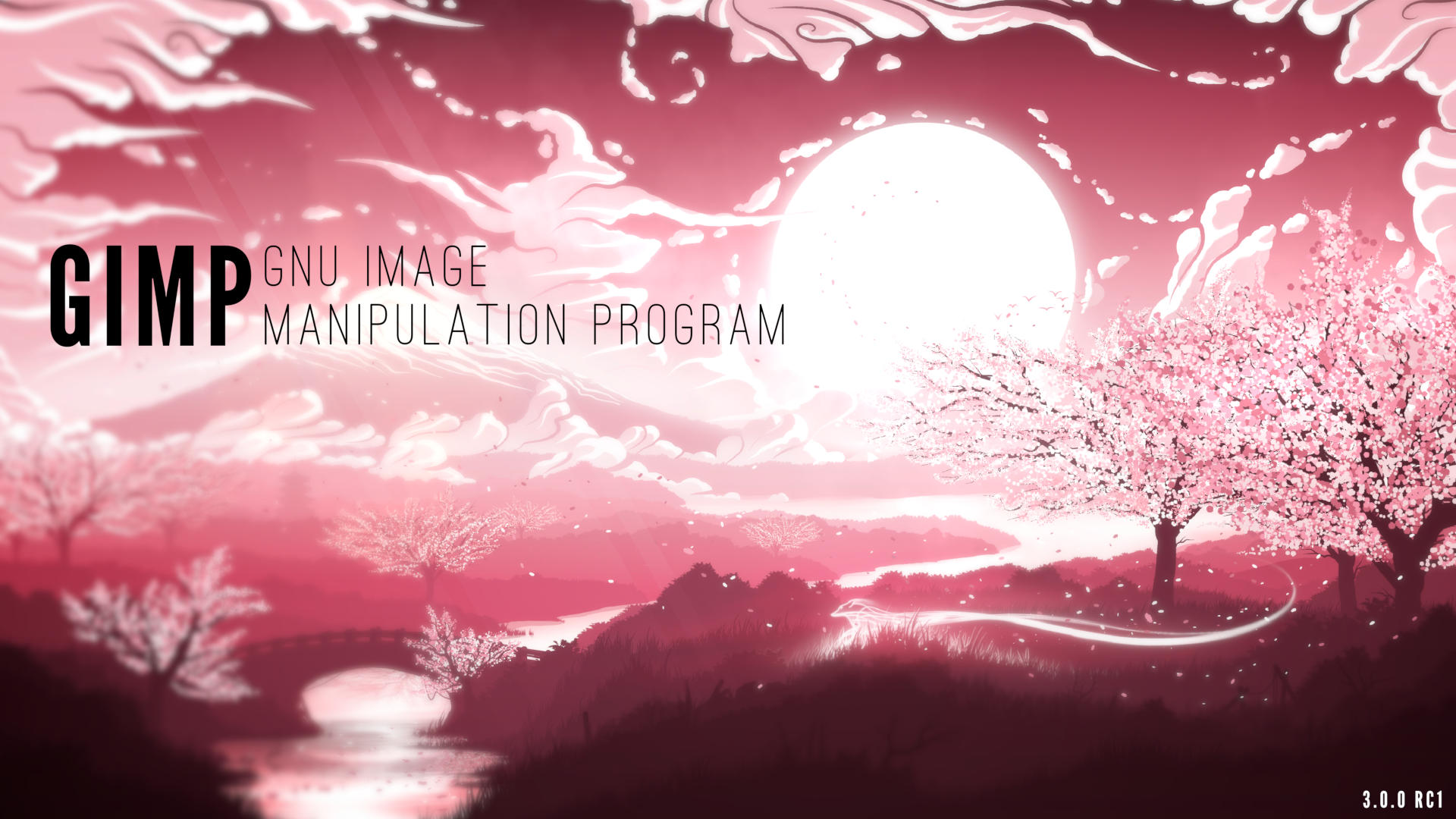

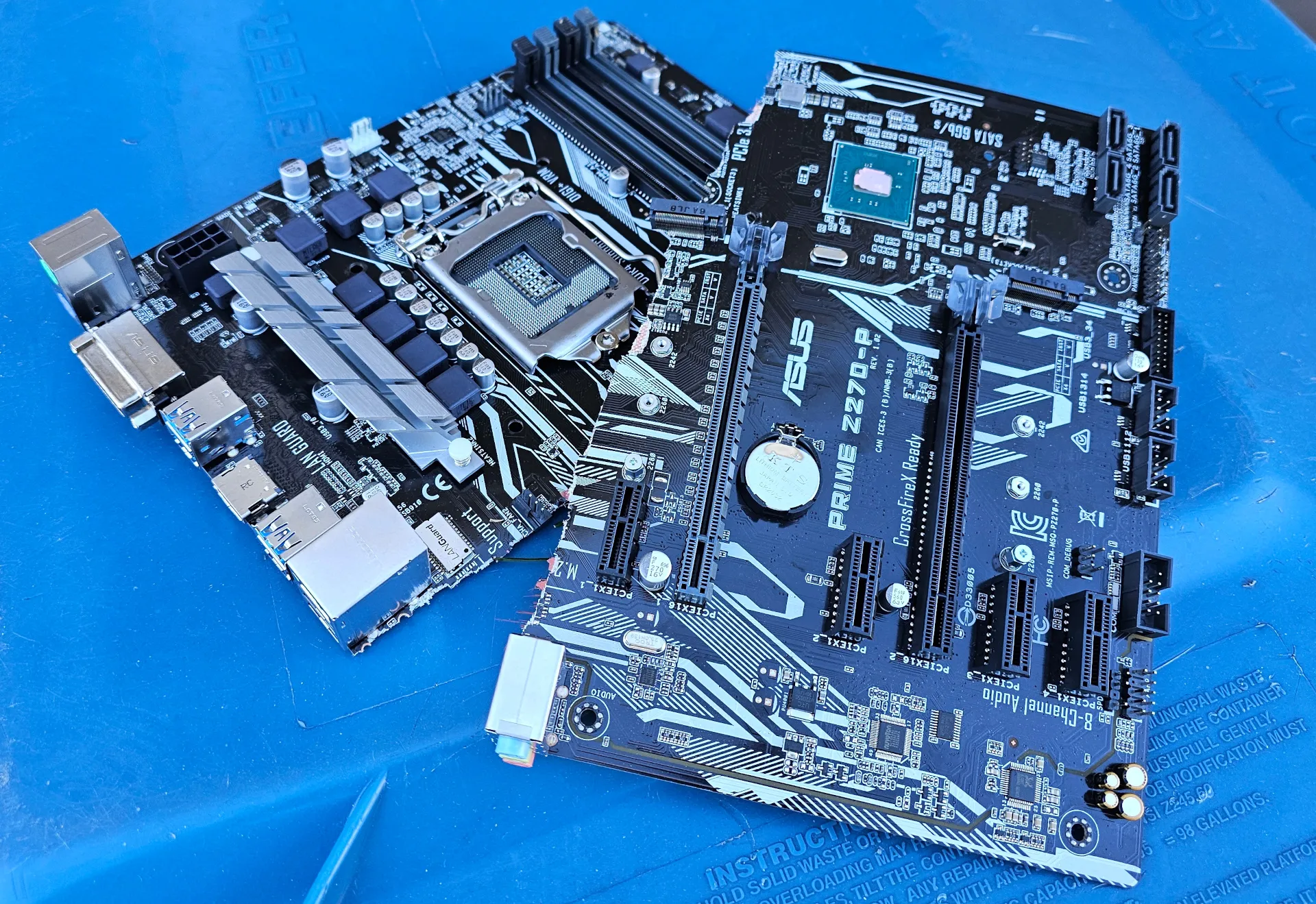
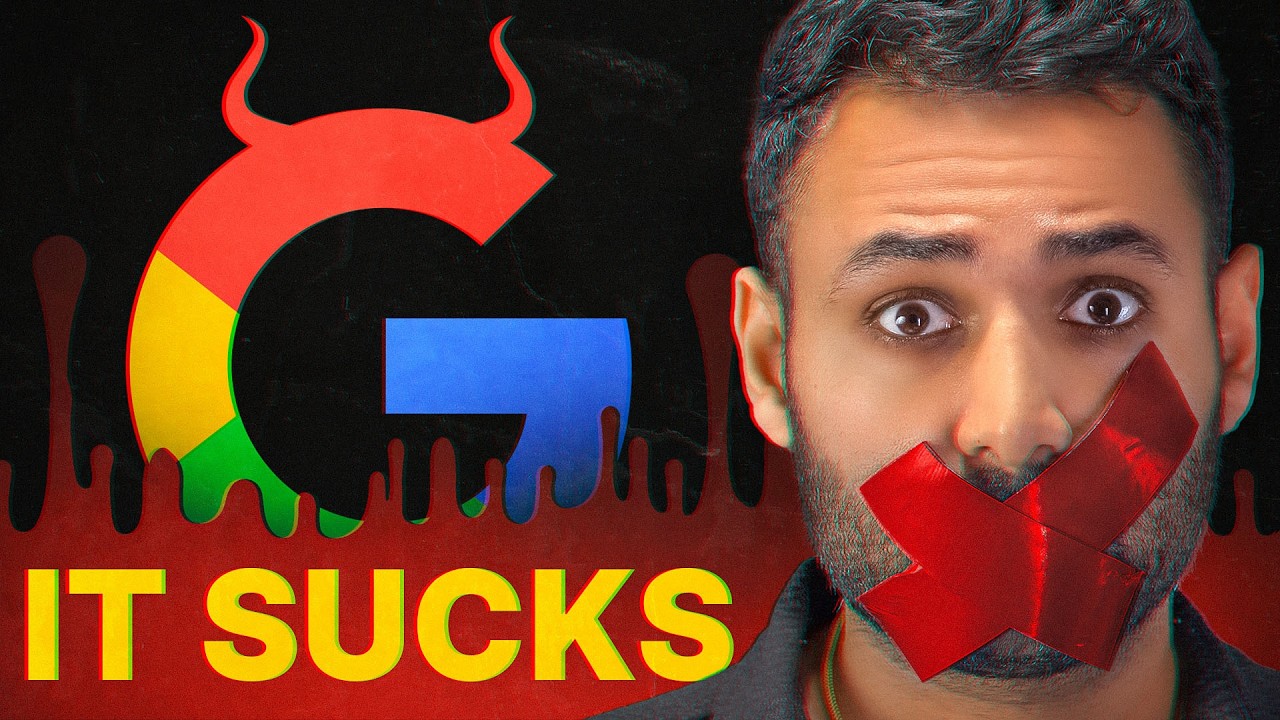
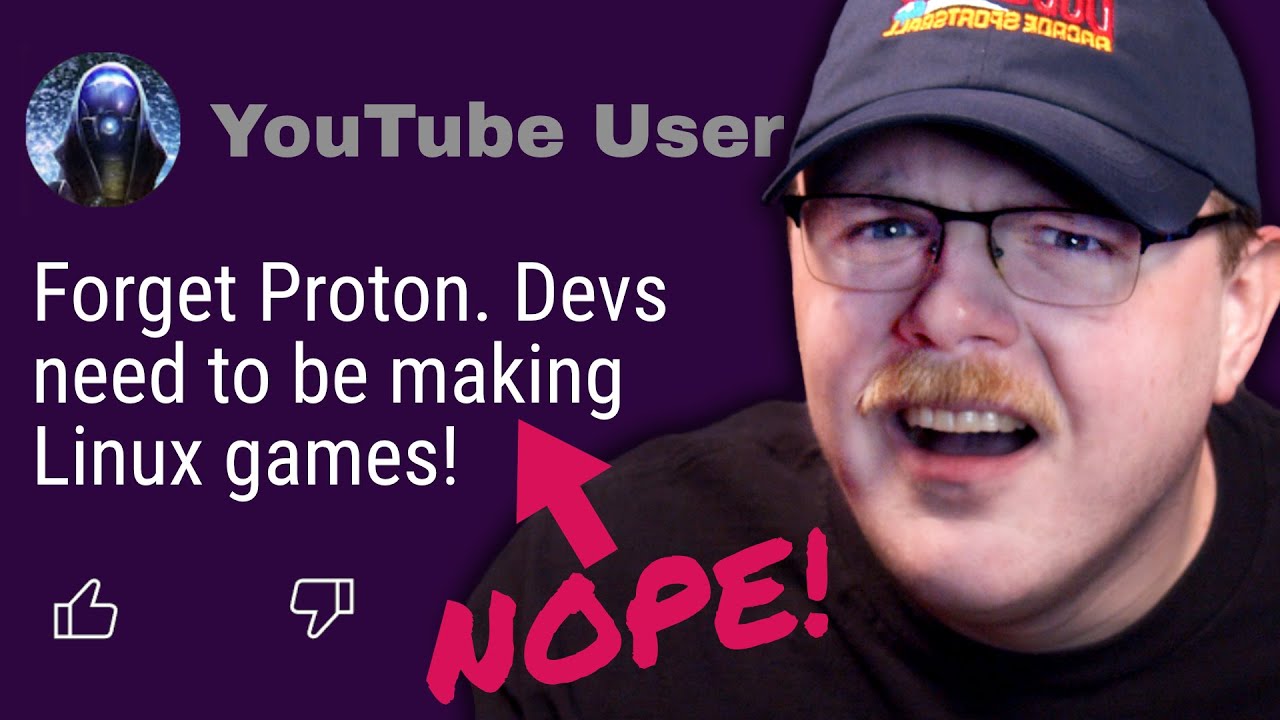






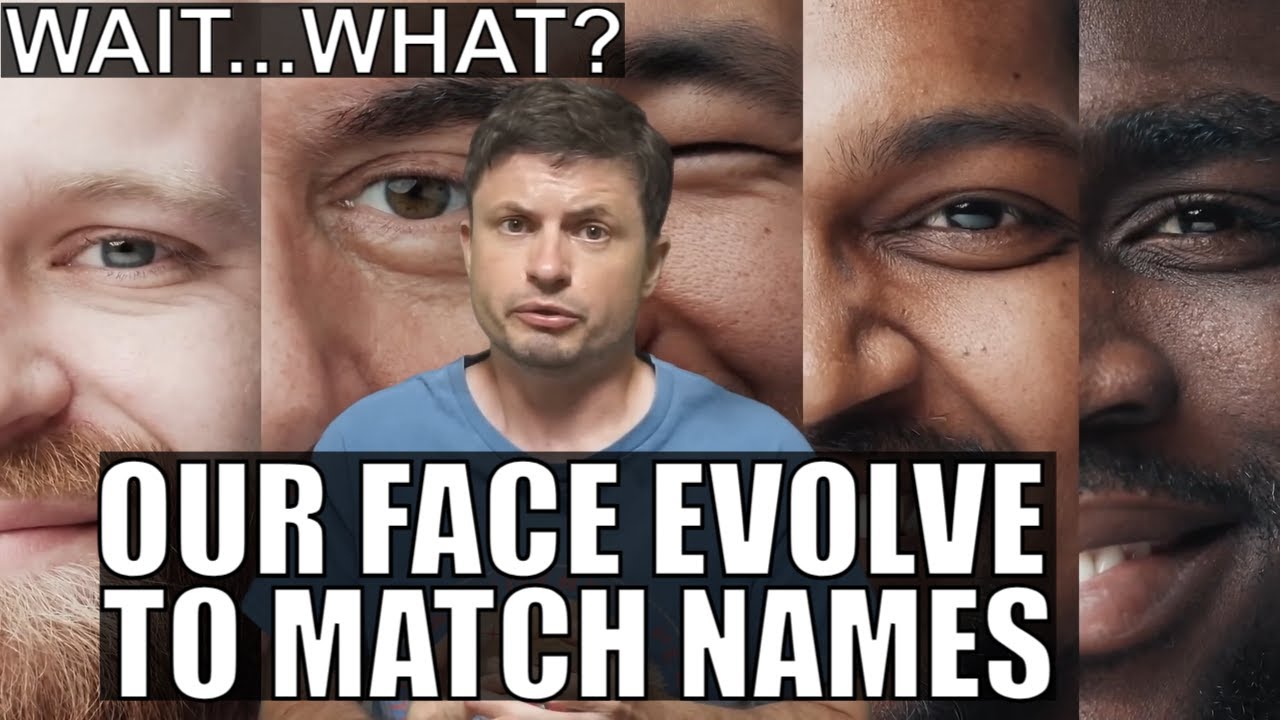

The major ones are already listed, so I mention only a few lesser known ones: